Byrd Theatre
Introduction
Text-to-speech Audio
Images
The Byrd's main auditorium.
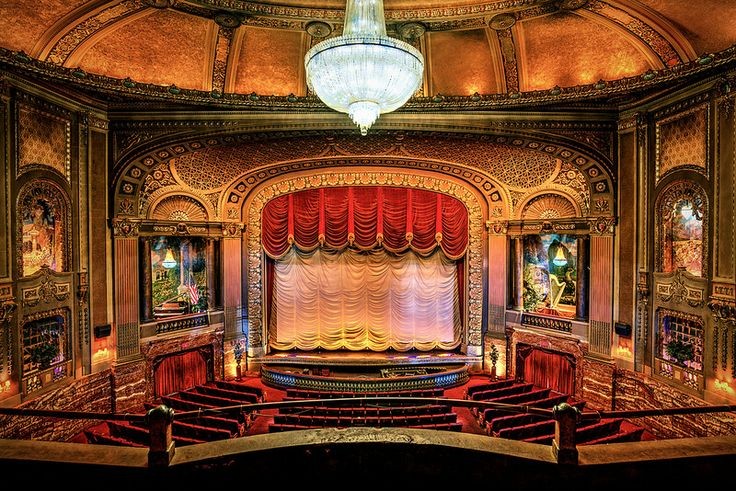
The Byrd's exterior at night.

The Byrd's large chandelier lowered for cleaning.

The Byrd's Mighty Wurlitzer Organ's keyboard.
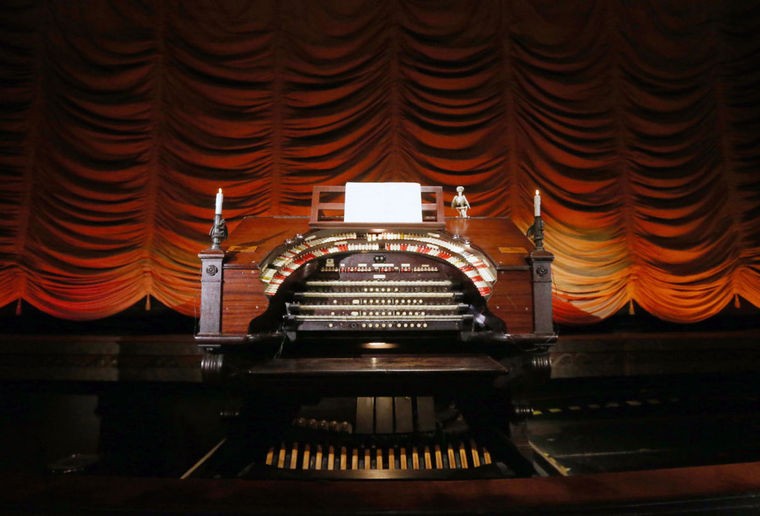
Byrd Theatre soon after it opened in 1929
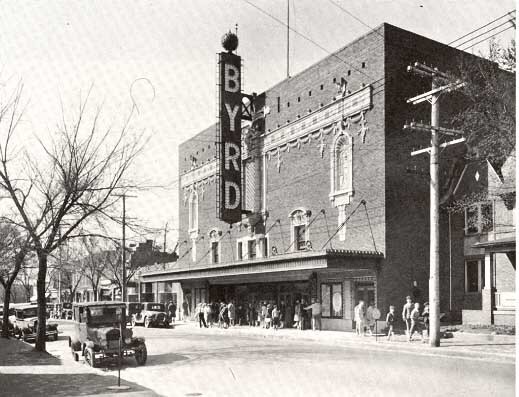
Byrd Theatre today
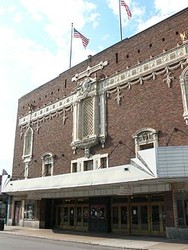
New road paved in front of Byrd Theatre soon after it was completed
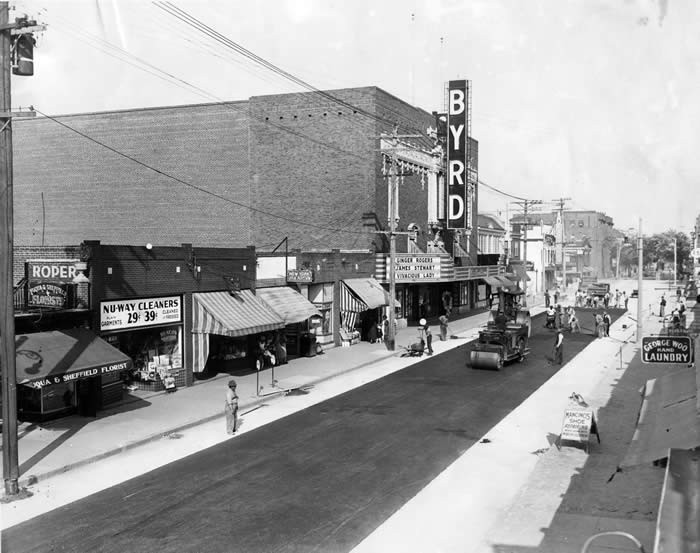
Amphitheater as it looked in 1929
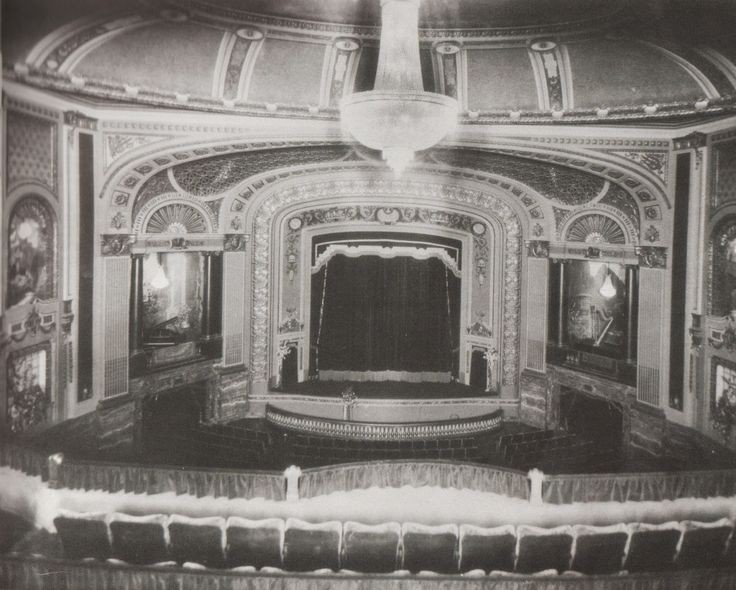
William Byrd II, the namesake of the theatre
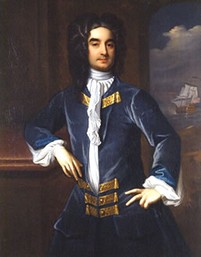
Backstory and Context
Text-to-speech Audio
The Byrd was built at a cost of $900,000 in 1928 ($12.4 million today, adjusted for inflation) and began its tenure showing silent movies with in-house sound added. Admission was 25 cents for matinees and 50 cents for evening shows. The original Wurlitzer organ is still in partial operation and occupies four rooms on the 4th floor above the stage. This all acoustic sound system, devoid of electronics, features a harp (not in operation), a marimba, grand piano and a xylophone all operated from the organ’s keyboard controls.
The Byrd also displays various forms of art in the form of paintings and murals that depict Greek mythology. It was originally built with two sound systems, a Vitaphone and the Wurlitzer and a Dolby sound system was added in 2006. In the main auditorium a massive, 18-foot, 2.5 ton Czech chandelier hangs above the heads of theatre goers. The Byrd also originally had a central vacuum system and a natural spring that supplied water for the theatre’s air conditioning system.
In 2007 the venerable theatre was acquired by the Byrd Theatre Foundation and restoration efforts have been on going since. It now shows second run movies at discounted prices as well as Saturday Family Classics such as The Wizard of Oz, E.T., and The Sandlot. The Foundation has plans to add various cultural, educational and community events in the future.
